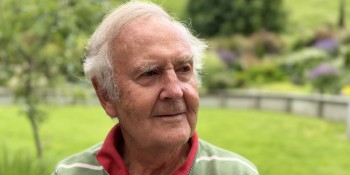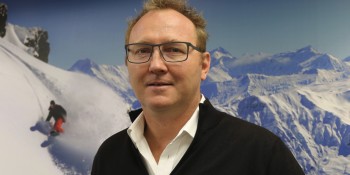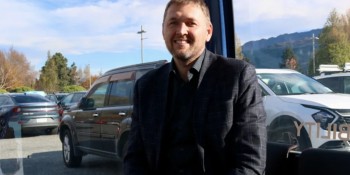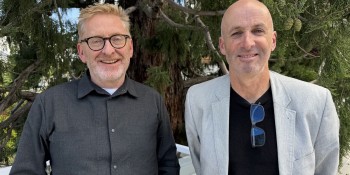Carbon Zero: will local solutions include limits on growth?
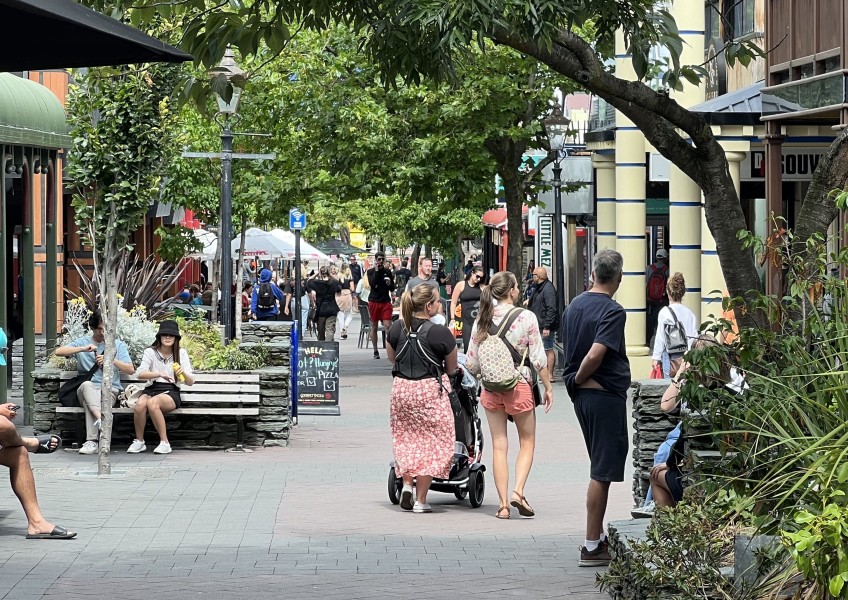
Analysis.
It was with great fanfare that the Queenstown Lakes Carbon Zero plans have been unveiled and the plan’s backers argue correctly that having better environmental credentials should not only be good for the planet – but good for business as well.
The Carbon Zero 2030 target is a key part of a new local destination management plan. The plan has been promoted as a Regenerative Tourism Plan.
How we reach those lofty Carbon Zero goals is the challenge. Will results be gained from genuine, thoughtful, and effective decision making or is there a risk the whole thing may turn out to be all talk and greenwashing?

DQ CEO Mat Woods - looking at visitor numbers is part of the plan
The community and our elected councillors have a key role to play, mainly by taking an active interest in the whole Carbon Zero plan and not just assuming it’s in safe hands and everything will go just swimmingly.
Crux has had the chance to canvas the views of some key players around growth vs environment.
The stage seems set for not just an important debate but for some brave and positive outcomes where business and the planet both come out as winners.
Let’s start with Destination Queenstown.
Their job, along with Lake Wānaka Tourism, is to market the district to visitors. But implicit in that is a background role of stewardship.
Clearly damaging the destination through too much tourism is bad for future business. That damage could be via not delivering a good product, overcrowding or a lack of infrastructure - linked to the risk of high prices/poor value.
DQ’s CEO Mat Woods highlights part of the destination plan that acknowledges the potential need to limit or at least identify how many visitors we can successfully cope with.
“In terms of considering visitor numbers, yes that is part of the plan.
Destination planning includes:
- Research capacity and optimal ranges of visitation in relation to desired outcomes for the community from visitation.
- Determining optimal ranges of visitation (considering seasonality) and set objectives based on those levels.
- Define strategies that consider yield, value per visitor, length of stay and total income/value of the visitor economy to achieve the objectives of this plan.
The carbon zero by 2030 keystone project includes as one of its four strategies:
- Understand optimal visitation levels and focus on value by increasing length of stay and/or yield per visitor and total revenue.”
Mr Woods also made it clear to Crux that the $261,000 cost of this planning work is being carried by central government via the Strategic Tourism Asset Protect Plan (STAPP). He also defended the involvement of Canadian consultants, Destination Think, at a cost to the project of $83,000.
“Destination Think was chosen to peer review our Destination Management Plan and work with us to ensure it was regenerative. Destination Think has many years’ experience with destination management plans, including informing the Bay of Plenty DMP (considered world-leading at the time) and is familiar with New Zealand.
“It was upon reviewing our plan that Destination Think and the steering group identified the need to introduce the keystone project – to target a carbon zero visitor economy by 2030 – as there is no regeneration without decarbonisation. It’s certainly ambitious but we wanted to show leadership as NZ’s most renowned visitor destination.”
Source: Mat Woods, CEO, Destination Queenstown.
So with DQ open to addressing the issue of visitor growth vs. carbon zero is the Queenstown Airport Corporation (QAC) on board as well?
QAC is famously 25% owned by Auckland International Airport Ltd who, logically, may not be as concerned about the Southern Lakes carbon zero plans as their own financial return as a shareholder.
QAC’s CEO Glen Sowry says his operation is committed to decarbonisation and similar to DQ’s CEO Mat Woods, says he supports looking into optimal visitor numbers, which was outlined in the Regenerative Tourism Plan.
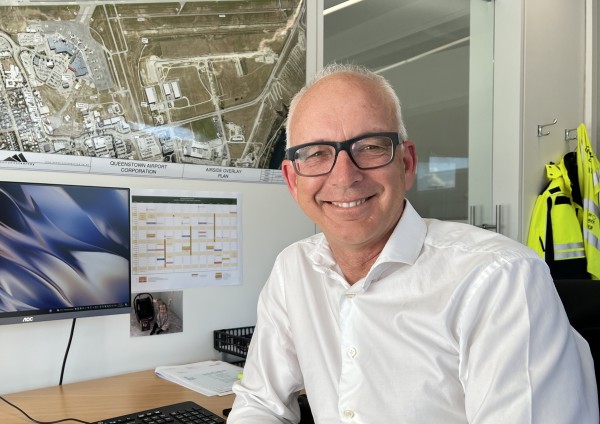
QAC CEO Glen Sowry: Airport ready to do its bit towards Carbon Zero
“There are a number of ways that the airport can play a role in decarbonisation, not only of our operations, but more broadly across the sector. The potential for local carbon sequestration projects are an example of how we can work together to achieve our target.
“One of the four strategies for reaching carbon zero in the Regenerative Tourism Plan is to ‘understand optimal visitation levels and focus on value by increasing length of stay and/or yield per visitor and total revenue.’ We are supportive of this approach. Approximately one third of visitors arrive by air so a district-wide strategy is important. We’ve made it clear that we are not planning for limitless growth and have committed to operating within our existing air noise boundaries. This was a significant and key element of our 10-year Strategic Plan.
“We’ll be proposing that space is reserved for a sustainable aviation support precinct. This could accommodate the required alternative fuel and energy sources, for example hydrogen, to support carbon zero aviation. Electric regional domestic air travel will have a significant impact on carbon emissions and Air New Zealand is committed to a 2030 target for electric aircraft in its fleet.
“As a CCTO and important community asset we are working to strike the balance between economic, environmental, social and cultural outcomes. While there are commercial imperatives for us, as you noted in your recent reporting regarding the importance and expectation of a significant shareholder dividend, there is a clear expectation from our shareholders that we contribute and add value across all four wellbeing measures. This is an approach that we embrace and have committed to in our SOI, 10-year Strategic Plan and Sustainability Strategy.
Our Sustainability Strategy and targets are outlined here. We are on track to achieve carbon neutral certification for the current financial year for QAC’s operations.”
Source : Glen Sowry, CEO, Queenstown Airport Corporation.
With both DQ and QAC pledging to play their role in talking about the quantity of tourism that the district can handle the next logical step is to ask if the levers exist to control or manage growth. Former mayor Jim Boult was fond of saying that we can’t stop growth.
So what’s the answer?
Councillor Niki Gladding has long been asking for a conversation on visitor numbers - at the least - but so far her calls have fallen on mainly deaf ears.
Now the new carbon zero 2030 goal linked to the destination management plan gives fresh impetus to Niki Gladding’s cause.
“It’s nuanced” she told Crux. “It’s not a question of uncontrolled growth or nothing, but more about what we can or can’t achieve. There’s a limit to what we as a council can do via district plans and land use, so we need some help from central government.”
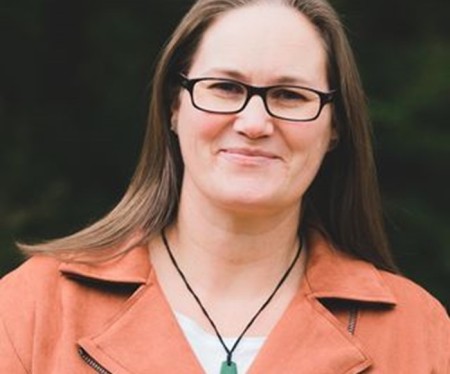
Councillor Niki Gladding: "Its nuanced. We need backing from government to make Carbon Zero a reality."
“At the moment we are ruled by external growth forecasts and then we are expected to meet those growth demands via the provision of land, building consents and so on. So it’s a Catch 22, the growth forecasts dictate demand and we are expected by government to meet demand.”
Apart from calling on her fellow councillors to help calls for Government involvement in the carbon zero goal Councillor Gladding also says that the airport needs to stop claiming to be disconnected from the risk of over-tourism due to alternative road travel and the general argument that people will find their way here regardless of by air or road.
“A new airport terminal is going to lead to more demand. There’s no doubt in my mind about that.” Saying Niki Gladding. “The airport also continues to market Queenstown as a fly in/fly out destination, especially to the Australian market, and those people aren’t going to find their way here by road.”
“Every air passenger that arrives here is going to be involved in energy consumption during their visit, so we have to view the airport as one of the levers we have to manage growth. The argument that people will drive here anyway just does not stack up.”
In spite of Councillor Gladding, DQ and QAC having historically different points of view, there does seem to be a new sense of purpose, even agreement, between the parties.
Maybe Carbon Zero 2030 actually has legs and might unify the tourism industry, residents and regulators into delivering what has been promised, but not delivered, for decades – fewer tourists, staying longer and paying more.
Without that, sadly, it's just talk - and cost.









